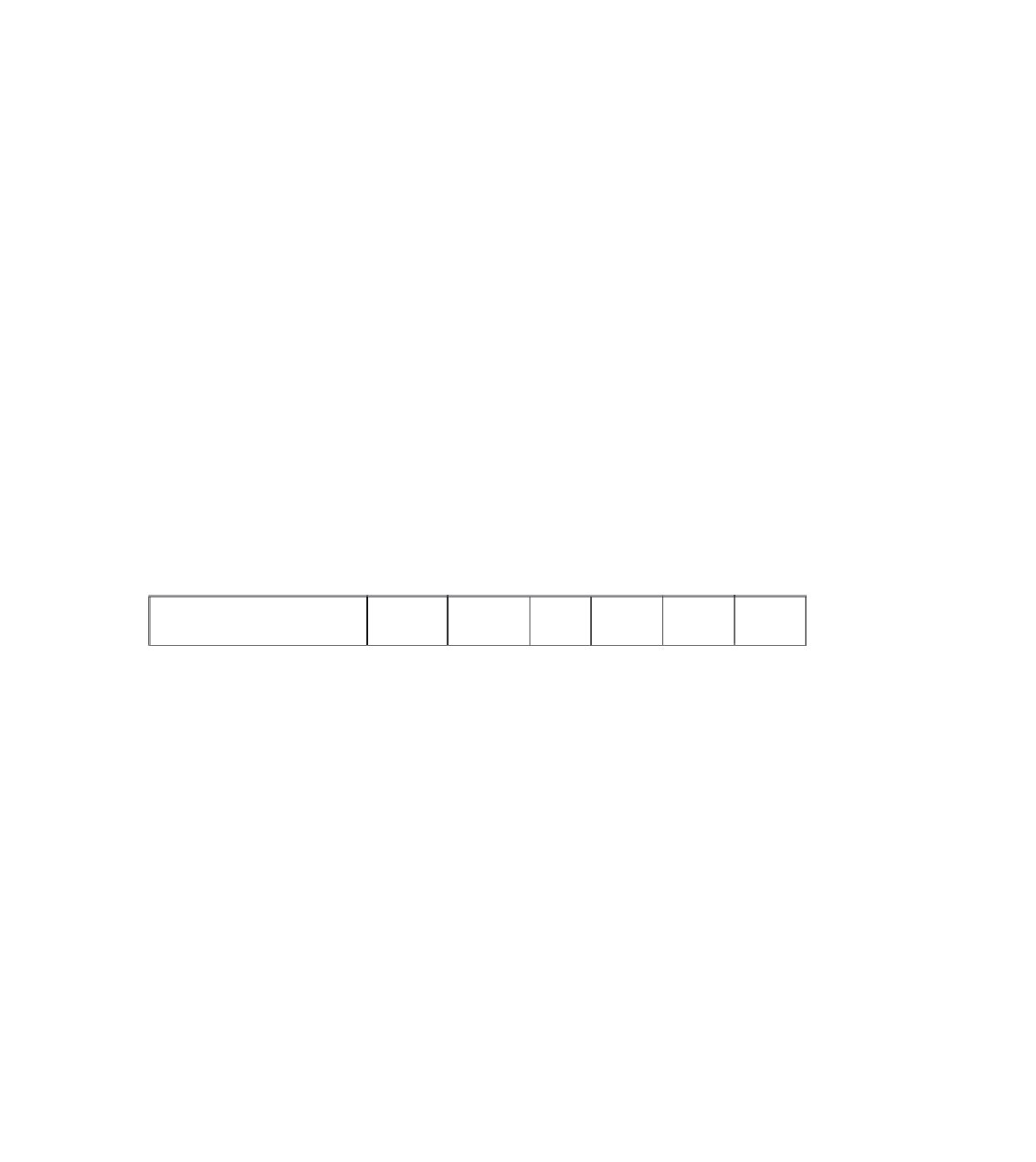Information Technology Reference
In-Depth Information
Phase 4: Request Initialization
Phase 4 is the final phase of ring insertion. The adapter sends request initialization MAC frames
to the functional address of the Ring Parameter Server (RPS). The RPS responds with informa-
tion such as the ring number and speed. The adapter uses its own default values and reports
successful completion of the insertion process if no RPS is present.
To k en Ring Frame Format
The two types of frame formats are tokens and data/command frames, as displayed in Figure
4-11 and Figure 4-12, respectively. Tokens are 3 bytes in length and consist of a start delimiter,
an access control byte, and an end delimiter. Data/command frames vary in size, depending on
the size of the Information field. Command frames contain control information and do not carry
upper-layer protocols.
To ken Frame (No Data)
Figure 4-11
ED
1 byte
SD
1 byte
AC
1 byte
Data/Command Frame
Figure 4-12
SD
1 byte
AC
1 byte
FC
1 byte
DA
6 bytes
SA
6 bytes
FCS
4 bytes
ED
1 byte
FS
1 byte
Data
Table 4-7 contains an explanation of the fields in Figures 4-11 and 4-12.
To ken Ring Frame Fields Descriptions
Table 4-7
Field
Description
Start Delimiter (SD)
Alerts a station of the arrival of a frame.
Access Control (AC)
Its format is PPPTMRRR; contains the token bit that you use to
differentiate a token from a data/command frame. If T=0, it is a token,
if T=1, it is a frame. AC also contains priority and reservation fields.
Frame Control (FC)
Indicates if the frame contains data or if it is a command frame with
control information.
Destination Address (DA)
48-bit Token Ring MAC address of the destination host.
Source Address (SA)
48-bit Token Ring MAC address of the source host.





















Search WWH ::

Custom Search